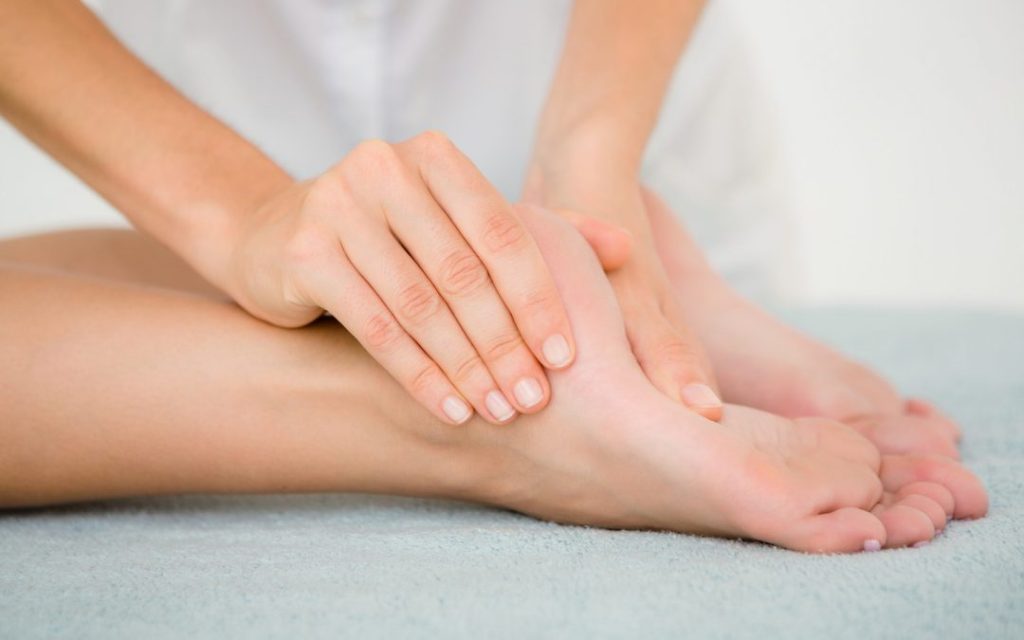Flat feet, also known as pes planus, occur when the arches of the feet collapse or fail to develop properly, causing the entire sole to make contact with the ground. This condition is relatively common and can vary in severity from a mild flattening to a more pronounced flattening of the arch. One of the associated conditions often seen in individuals with flat feet is plantar fasciitis, a painful inflammation of the plantar fascia, the thick band of tissue that runs along the bottom of the foot from the heel to the toes. The connection between flat feet and plantar fasciitis lies primarily in the altered biomechanics of the foot. When the arch collapses, the distribution of weight across the foot changes. This altered weight distribution can lead to increased strain on the plantar fascia, especially in the areas where it attaches to the heel bone. Normally, the arch of the foot helps to absorb and distribute the forces generated during activities such as walking, running, and jumping.

Additionally, flat feet can contribute to abnormal foot mechanics, such as over pronation. Pronation is a natural movement where the foot rolls inward slightly as you walk or run and you could look here about history of plantar fasciitis. While some degree of pronation is normal, excessive pronation due to flat feet can further exacerbate the strain on the plantar fascia. This over pronation can cause the foot to lose its shock-absorbing function, leading to an increased load on the plantar fascia and consequently to the development of plantar fasciitis. People with flat feet may also experience changes in their gait, which can contribute to the development of plantar fasciitis. The altered gait can place additional stress on the plantar fascia, as well as other structures of the foot and lower extremity, including the knees, hips, and lower back. This can create a cycle of discomfort and dysfunction, as the body attempts to compensate for the altered mechanics by adjusting the way it moves. Treatment for plantar fasciitis in individuals with flat feet often involves addressing both the symptoms of the condition and the underlying foot mechanics.
In more severe cases, medical interventions such as physical therapy, corticosteroid injections, or even surgical options may be considered. However, these treatments are typically reserved for cases where conservative measures have not provided sufficient relief. Preventive measures play a crucial role in managing both flat feet and plantar fasciitis. Wearing supportive footwear that provides adequate arch support and cushioning can help mitigate the risk of developing plantar fasciitis. Additionally, maintaining a healthy weight and avoiding activities that place excessive strain on the feet can further reduce the likelihood of experiencing foot pain. In summary, the connection between flat feet and plantar fasciitis is primarily related to the impact of altered foot mechanics on the plantar fascia. The collapse of the arch in flat feet leads to increased strain and potential inflammation of the plantar fascia, which can result in painful plantar fasciitis. Addressing both the symptoms and the underlying foot mechanics through various treatments and preventive measures can help manage and alleviate the condition.